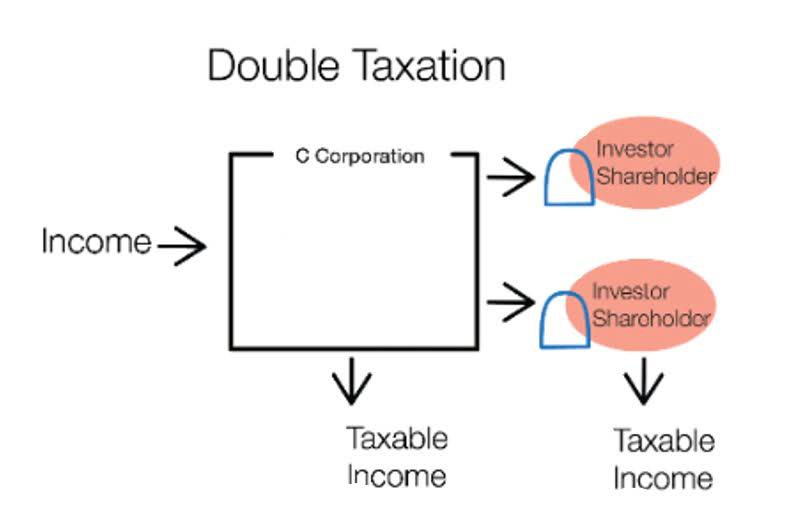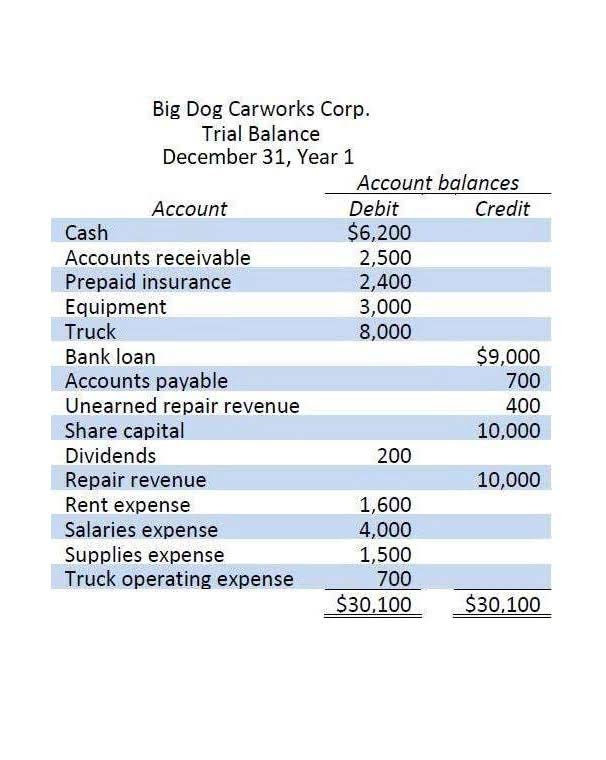Understanding Posting Dates in Financial Management

When a transaction occurs, it is recorded in the journal with both a debit and a credit entry, reflecting the dual impact on the financial statements. This duality is crucial for maintaining the integrity of financial data, as it helps in detecting errors and preventing fraud. Posting in accounting involves transferring entries from the journal to the ledger. This process is fundamental to maintaining organized and accurate financial records. Each journal entry, which initially records a transaction, must be systematically posted to the appropriate ledger accounts. This ensures that all financial activities are categorized correctly, facilitating easier tracking and analysis.
- Note that this example has only one debit account and one credit account, which is considered a simple entry.
- Every time your business makes a transaction, you must record it in your books.
- Sub-ledgers contain detailed information about specific areas, such as accounts payable or inventory, while the general ledger contains a complete overview of all financial accounts.
- For instance, recording $1,234 as $1,243 can lead to discrepancies that are hard to trace.
- Posting dates refer to the date when a transaction is recorded in the accounting books.
- The necessary information includes transaction dates and monetary figures paid or received.
Step #3 – Enter the Name and Account in General Ledger with Details
Run the Journal Generator process to distribute the accountinglines to the general ledger. You notice there are already figures in Accounts Payable, and the new record is placed directly underneath the January 5 record. The record is placed on the debit side of the Accounts Receivable T-account underneath the January 10 record. The record is placed on the credit side of the Service Revenue T-account underneath the January 17 record. Let’s look at the journal entries for Printing Plus and post each of those entries to their respective T-accounts.

Common Posting Errors and Corrections
We haven’t specified the amounts for each line item and also the debit/credit indicators. In the BAPI, you need to enter the amounts along with currency & debit/credit indicators in the CURRENCYAMOUNT table.In the screenshot below, for all the line items, the document currency is USD. The negative sign next to the amount identifies it as a credit amount. Similarly, for the rest of the 2 line items, I have provided a retained earnings debit amount. So, while posting this document, we shouldn’t face any ‘Balances in Transaction Currency’ error. As a result, posting accounting definition gives a clear picture of the progress or downfall in the specific ledger and decisions can be made respectively.

Difference Between Fundamental Analysis and Technical Analysis

By systematically transferring journal entries to the ledger, it becomes easier to analyze and track the movement of funds within the organization. It plays a pivotal role in ensuring the accuracy and reliability of financial records, as it helps in determining the flow of money within the business. Through transaction analysis, businesses can understand the financial impact of various operations, thereby making informed decisions for future strategies. It enables the identification of potential errors or inconsistencies, ensuring compliance with accounting standards and regulations. Ultimately, transaction analysis is essential for providing stakeholders with transparent and trustworthy financial information.
- Posting accounting definition involves manpower work, therefore, counted as a manual process.
- This can happen when the person entering the data is not familiar with the chart of accounts or when there are multiple accounts with similar names.
- Good accounting practices enable businesses to track their cash flow, manage expenses, and assess the financial health of their operations.
- The posting processesalso assign interunit document sequencing numbers.
This practice also aids in detecting and rectifying errors promptly, ensuring the integrity of financial data. The video provides a clear description of where in the accounting cycle posting occurs. As stated earlier, posting is recording in the ledger accounts the information contained in the journal. The good news is you have already done the hard part — you have analyzed the transactions and created the journal entries. If you debit an account in a journal entry, you will debit the same account in posting.
While the number of entries might differ, the recording process does not. For example, Colfax might purchase food items in one large quantity at the posting accounting beginning of each month, payable by the end of the month. Therefore, it might only have a few accounts payable and inventory journal entries each month. Larger grocery chains might have multiple deliveries a week, and multiple entries for purchases from a variety of vendors on their accounts payable weekly. The fundamental concepts above will enable you to construct an income statement, balance sheet, and cash flow statement, which are the most important steps in the accounting cycle. This process plays a crucial role in effectively allocating costs to specific revenue-generating activities, enabling accurate determination of profitability.
It ensures that every transaction is recorded correctly, providing a reliable basis for financial analysis and decision-making. The balance sheet of the previous year is the basis of making opening en- tries of the subsequent year. Posting means a process in which all information in the journal is transferred to the relevant ledger accounts.
The Role of Automated Accounting Software in Posting Dates
This date can differ from the transaction date due to administrative processes or delays. For instance, if the sale mentioned earlier is recorded on October 20, 2023, then October 20 becomes the posting date. This distinction is important in accrual accounting, where the timing of revenue and expense recognition can impact financial statements. These dates affect the period in Cash Flow Management for Small Businesses which revenues and expenses are recognized, influencing reported earnings and financial ratios. Keeping journal entries organized in chronological order helps accountants stay on top of their records and ensures that no transactions are overlooked.

